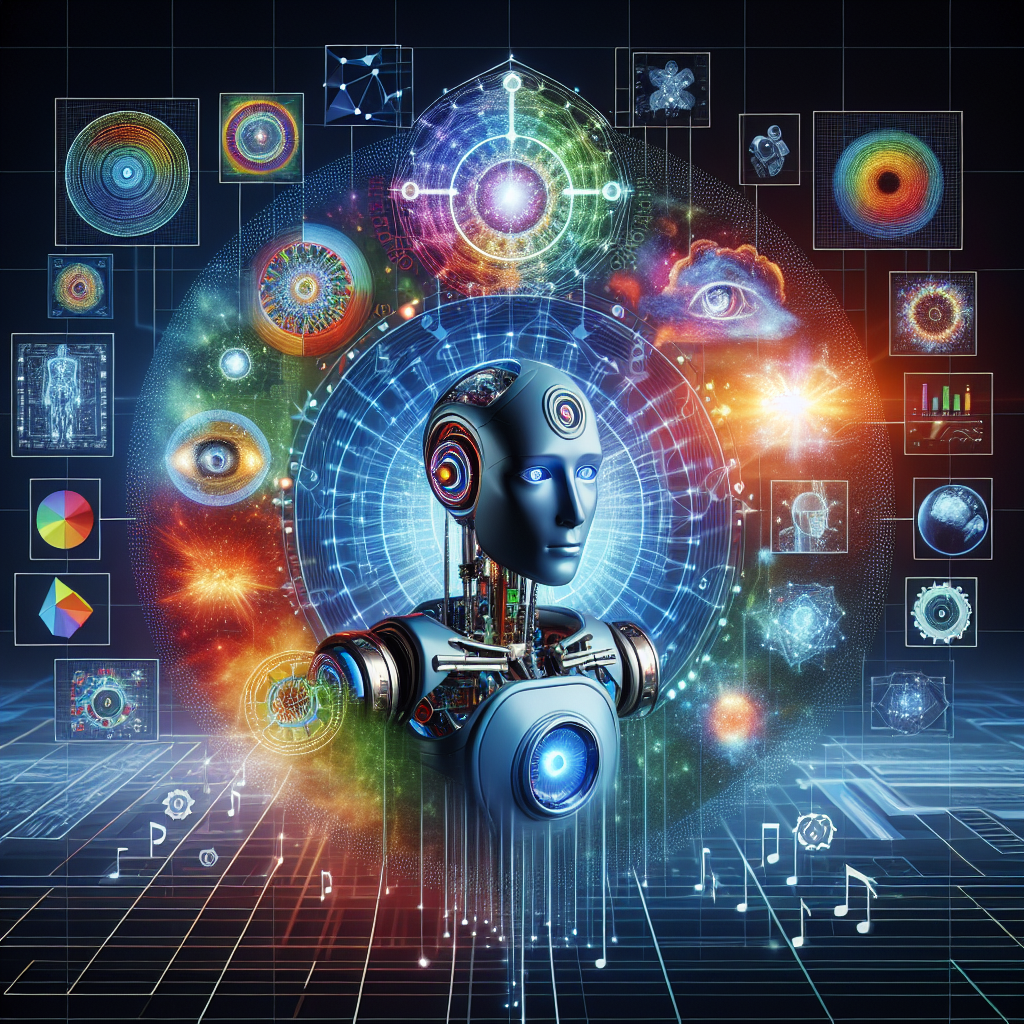Unleashing the Power of AI for Image Generation: A Comprehensive Guide
In recent years, artificial intelligence (AI) has made significant advancements in the field of image generation. This technology has the potential to revolutionize the way we create and manipulate visual content, opening up new possibilities for artists, designers, and developers. In this comprehensive guide, we will explore the power of AI for image generation, how it works, and its various applications.
Understanding AI for Image Generation
AI for image generation refers to the use of artificial intelligence algorithms to create, modify, or enhance visual content. These algorithms are typically trained on large datasets of images and can learn to generate realistic, high-quality visuals that are indistinguishable from those created by human artists.
There are several methods that AI can use for image generation, including generative adversarial networks (GANs), variational autoencoders (VAEs), and neural style transfer. Each of these methods has its own strengths and weaknesses, and can be used for different types of image generation tasks.
The Power of AI for Image Generation
There are many potential applications for AI in image generation. For example, AI can be used to create realistic-looking images for virtual reality or augmented reality environments, generate high-quality textures and backgrounds for video games, or even generate artwork for marketing and advertising purposes.
One of the most exciting applications of AI for image generation is in the field of design. AI can be used to automatically generate design concepts, create custom illustrations and graphics, or even assist with the layout and composition of visuals. This has the potential to significantly speed up the design process and unlock new creative possibilities for designers and artists.
How AI for Image Generation Works
AI for image generation works by training a neural network on a large dataset of images. The neural network learns to capture the statistical properties of the images in the dataset, and can then generate new images that are consistent with those properties.
For example, in the case of GANs, two neural networks are trained simultaneously. One network, known as the generator, creates new images, while the other network, known as the discriminator, evaluates the images and provides feedback to the generator. Over time, the generator learns to create images that are increasingly realistic, while the discriminator becomes better at distinguishing between real and generated images.
In the case of VAEs, the neural network learns to encode the essential features of an image into a low-dimensional vector, which can then be decoded to generate new images with similar features. This allows VAEs to create variations of an existing image, or even create entirely new images based on the features learned from the dataset.
The Future of AI for Image Generation
As AI for image generation continues to advance, we can expect to see even more powerful and versatile tools for creating and manipulating visual content. This has the potential to transform the way we create art, design products, and develop virtual experiences.
AI for image generation also has the potential to democratize the creative process, making it more accessible to people who may not have traditional artistic skills. With the help of AI, anyone can create stunning visuals and bring their creative ideas to life.
FAQs
Q: What are some popular tools and libraries for AI for image generation?
A: Some popular tools and libraries for AI for image generation include TensorFlow, PyTorch, and Keras. These libraries provide a wide range of pre-trained models and algorithms for image generation, and can be used to build custom image generation pipelines.
Q: What are some potential ethical concerns related to AI for image generation?
A: One potential ethical concern related to AI for image generation is the potential for misuse or abuse of the technology. For example, AI-generated images could be used for deceptive or malicious purposes, such as creating fake news or propaganda. It is important for developers and users of AI for image generation to be mindful of the potential ethical implications of their work.
Q: How can I get started with AI for image generation?
A: Getting started with AI for image generation is easier than ever, thanks to the wide range of resources and tutorials available online. There are many online courses, tutorials, and open-source projects that can help you learn the fundamentals of AI for image generation and begin experimenting with your own projects.
In conclusion, AI for image generation is a powerful and versatile technology that has the potential to transform the way we create and manipulate visual content. By understanding how AI for image generation works and exploring its various applications, we can unleash its full potential and unlock new possibilities for creativity and innovation. With the right tools and resources, anyone can get started with AI for image generation and begin creating stunning visuals that were previously only possible through traditional artistic methods.
Unleashing the Power of AI for Image Generation: A Comprehensive Guide
